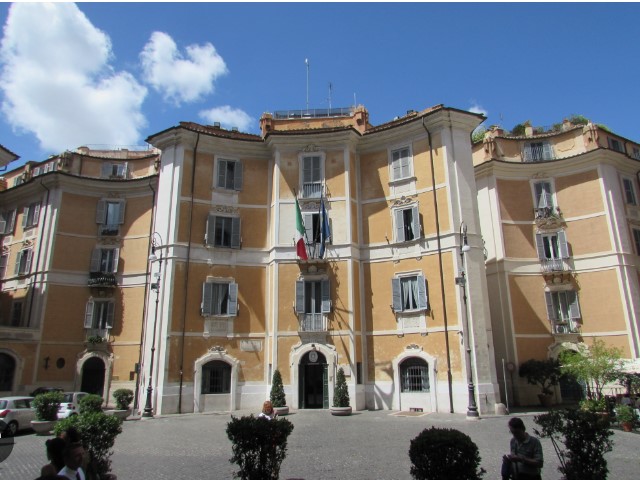The FBI established an Art Crime Team in 2004 that handles federal art crimes including art theft, fraud, and forgery. It has over 20 agents assigned to various offices across the U.S.A. These agents handle a wide variety of ‘major crimes’ investigations in the performance of their duties, but are also called upon to investigate art crimes when they arise. They receive some training in art and are well connected to artworld experts that they call on as needed for guidance and assistance. Since its founding, the team has recovered over 15,000 pieces with an estimated value of over $800 million.
Prior to this team being established the F.B.I. did not have specialists as did other countries, such as the Italian Carabinieri’s Tutela Patrimonio Culturale which was founded in 1969 and is comprised of over 200 well trained investigators (they undergo years of intense art related training and are considered the elite cultural property investigators in the world). The first full time art theft investigator in the U.S.A was NYPD Detective Robert Volpe and after him L.A. followed suit with an art theft unit ran by Detective Don Hrycyk. Prior to 2004, the FBI treated art crimes investigations as they did all major crimes.

They established the Art Theft Program back in 1992 which was run by civilians, and there were agents who were considered specialized in art theft investigations. These agents received guidance from the Art Theft Program back at FBI Headquarters and aided local law enforcement agencies in connecting with art experts when cultural property crimes occurred much like they do today. This 1992 program was initiated two years after the robbery at the Gardner Museum in Boston.
While the 1990 Gardner Museum heist eventually made Law enforcement in the U.S.A. more aware that cultural crimes must be handled differently than major crimes, the looting of the Baghdad Museum after Desert Storm had a convincing effect that a specialized cultural crimes unit was necessary. Besides the FBI’s Team, the Manhattan D.A.’s Office now has an aggressive Antiquities Tracking Unit that is run by Matthew Bogdanos, who was a Marine Colonel in Desert Storm that was responsible for returning many looted artifacts to the Baghdad Museum.
So, the FBI created an Art Crime Team, increasing the number of special agents in field offices in cities across the USA that could be assigned cultural property crimes investigations because of major events such as the Gardner Robbery and the Iraq looting after Desert Storm. Another reason the U.S.A. had to follow the European lead was the sheer immensity of the global art market. The annual global art market is valued at approximately $65 billion and the lucrative black market in cultural property is estimated to be $6 billion annually. At one time, INTERPOL stated on their web site that artistic cultural property crimes were the third largest crime humanity faced, second only to drugs and weapons dealing. This statistic is now largely not accepted as accurate, but there is no doubt that the global value of illicit art and antiquities trafficking is one of humanity’s greatest scourges and there is an undeniable nexus to both terrorism and organized crime.
Art theft and art crimes have become big business over the years. In October 1969, Michelangelo Caravaggio’s Nativity with San Lorenzo and San Francesco was stolen from the Oratory of San Lorenzo in Palermo by Sicilian Mafiosi. The FBI posted this crime at third place on their Top Ten Art Crimes list. Second on that list are all thirteen artworks that were stolen from the Gardner Museum, which are estimated to be valued at close to $1 billion dollars and include three Rembrandts and The Concert by Johannes Vermeer. This list is used to elicit the public’s help in recovering the stolen works.
The FBI also established a National Stolen Art File, which is an online database of stolen art like the databases ran by INTERPOL (which has over 52,000 items entered) and the Italian Carabinieri’s TPC. The FBI’s database has its origin in IFAR (International Foundation of Art Research). The FBI worked closely with the art experts and lawyers of IFAR for years and utilized their database when needed.
Crimes against a cultural patrimony strike at the heart of a nation’s identity and each crime committed in any country is extremely harmful to the world as a whole because we have a shared human patrimony. Following the fine example of the Italian Carabinieri, as well as other nations who had already established art crime units such as that of the Metropolitan Police at Scotland Yard in London, the FBI realized that it had to dedicate the proper resources and manpower to fight art crimes. This investment by the Bureau will prove a great asset to our future regarding both heritage and national security.












